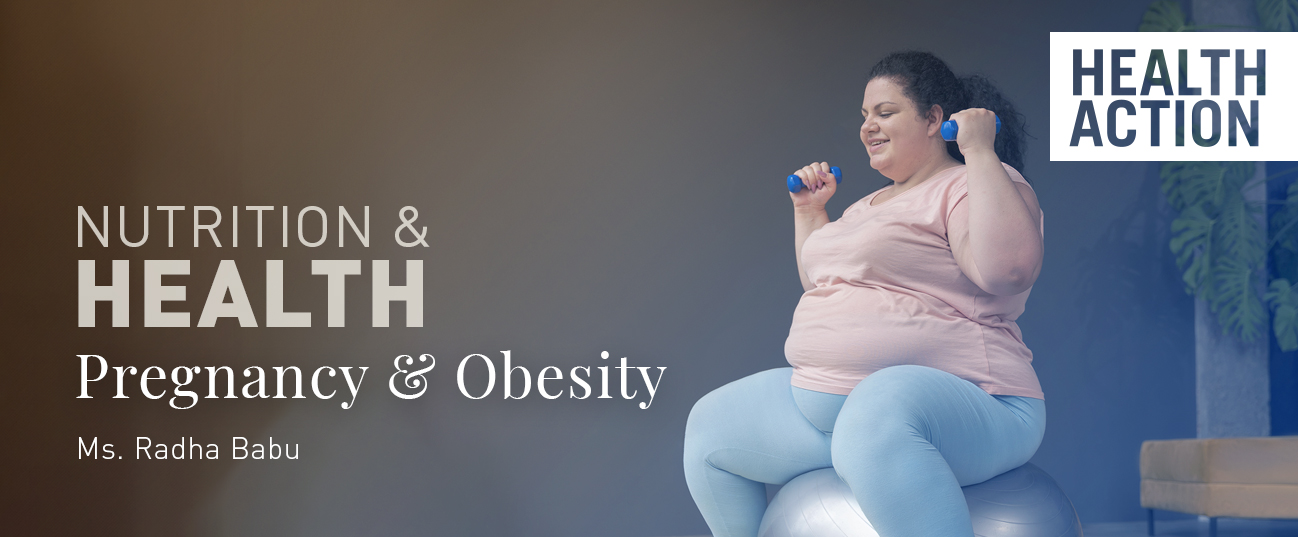
Introduction
Pathophysiology
How might a high BMI affect pregnancy?
Obstetric Complications
- Gestational diabetes
- Venous thromboembolism
- Labour and delivery
- Maternal death
- A pregnancy complication characterized by high blood pressure and signs of damage to another organ system, most often the liver and kidneys (preeclampsia)
- Sleep apnea
- The need for a C-section and the risk of C-section complications, such as wound infections
Fatal neonatal complications
- Miscarriage
- Stillbirth
- Congenital anomalies
- Macrosomia
Postpartum complications
Following delivery, obese women have an increased risk of postpartum haemorrhage and postpartum infection, which substantially increases the risk of Venous Thromboembolism (VTE) both after caesarean and vaginal delivery. Thus, obese women with postpartum infection may be particularly predisposed to Venous Thromboembolism (VTE).
Maternal obesity is linked to reduced breastfeeding rates, both in terms of breastfeeding initiation and duration.
Possible reasons include physical issues such as difficulty with correct positioning of the baby, psychosocial issues, or endocrine issues such as a lower prolactin response to suckling.
Management of overweight and obesity in pregnancy
Standard guidelines for lifestyle management as a component of antenatal care involve advice relating to eating the recommended number of daily serves of the five food-groups, drinking plenty of water.
- low- to moderate-intensity physical activity during pregnancy is associated with a range of health benefits and is not associated with adverse outcomes.
- folic acid supplementation, food hygiene, including how to reduce the risk of a food-acquired infection
- smoking cessation, and stop recreational drug use and alcohol consumption in pregnancy.
- Guidelines also highlight offering women the opportunity to be weighed at the first antenatal visit.
- At every antenatal visit, health professionals should encourage self-monitoring of weight gain and discuss weight gain, diet and level of physical activity with all women.
Nursing care of obese women
- Assess her previous nutritional status and eating preferences.
- Also, assess for the presence of vices like smoking and alcohol abuse and if there is the presence of illnesses like diabetes, hypertension, or cardiac diseases.
- Check and monitor her weight prior to pregnancy and during prenatal visits, check for consistency on weight gain pattern, and any increase or reduction in weight.
- Educate them on foods necessary during pregnancy like foods rich in iron, iodine, fibre, folic acid, calcium, and phosphate as well as other vitamins and minerals.
- Plan diet modifications considering her cultural, financial, and nutritional aspects. The recommended caloric intake of a pregnant woman should be within 2500 calories.
- Encourage her to have at least a minimum of 30-minute walk per day or any activity program fitting her health status. It could be yoga or some stretching activities.
Conclusion
Deputy Nursing Officer, Sri Ramakrishana Hospital, Coimbatore, Tamil Nadu.




